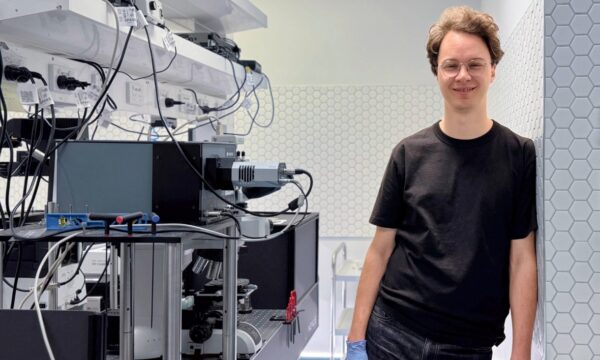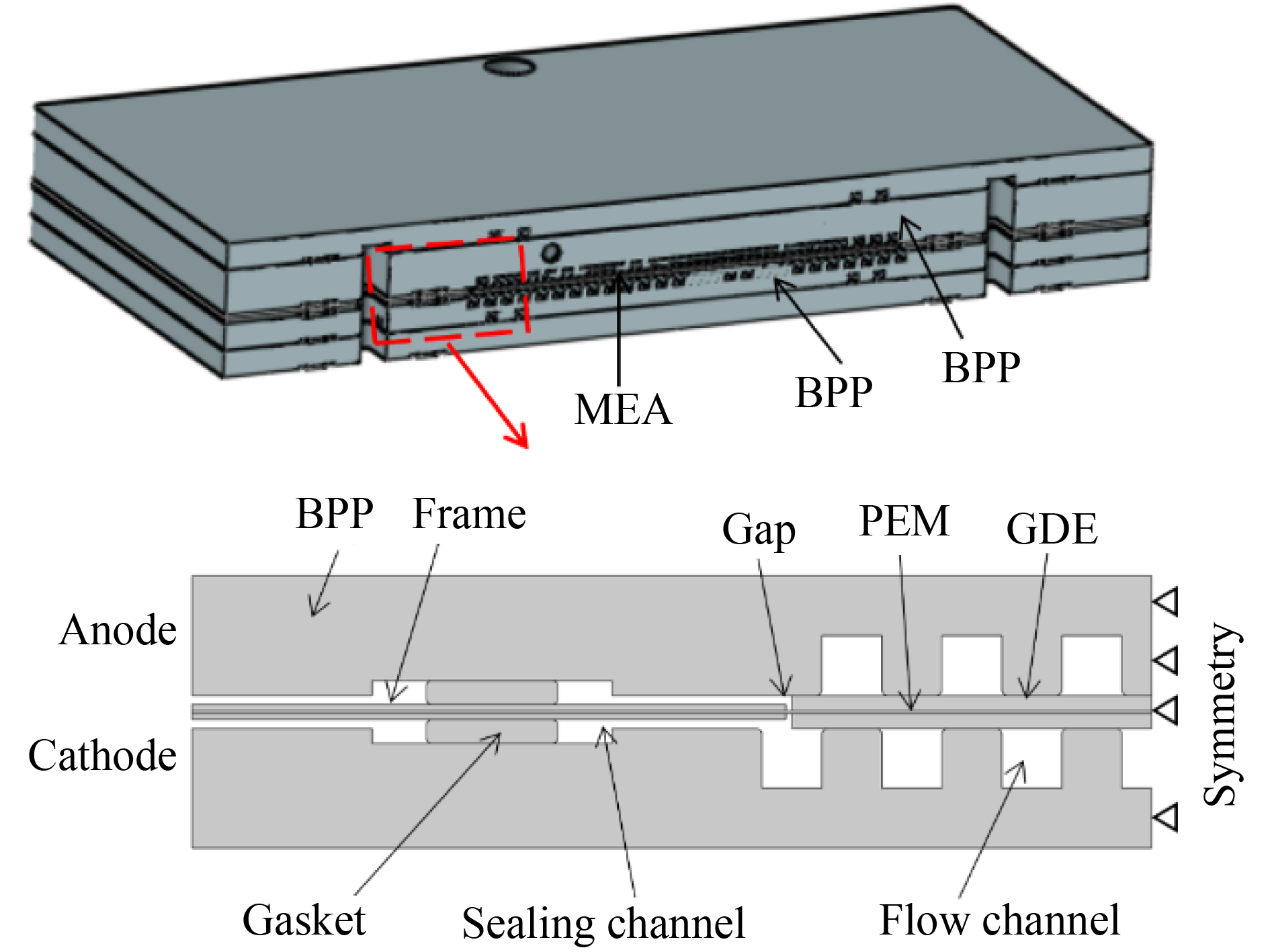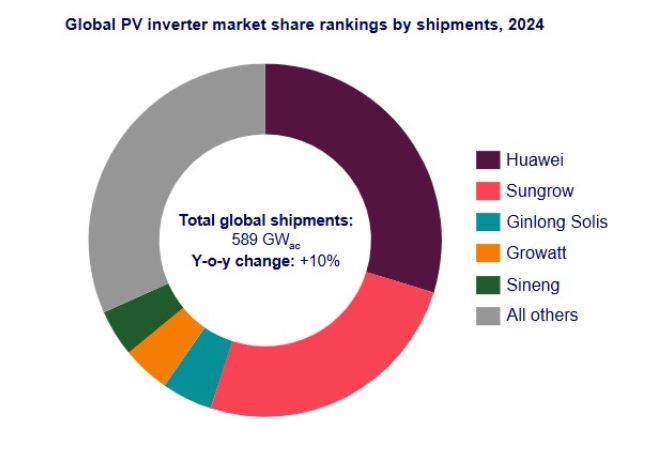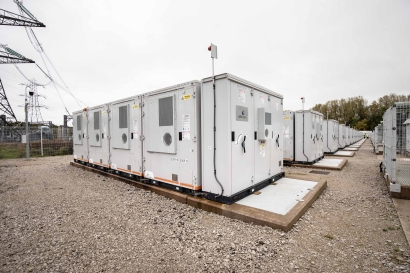Researchers discover method to significantly extend quantum battery lifespan
Researchers at the Royal Melbourne Institute of Technology (RMIT University) and Australia's Commonwealth Scientific and Industrial Research Organisation (CSIRO) have developed a way to extend the lifetime of Dicke quantum batteries by up to 1,000 times, while maintaining their fast-charging properties enabled by superradiance.

Researchers at the Royal Melbourne Institute of Technology (RMIT University) and Australia's Commonwealth Scientific and Industrial Research Organisation (CSIRO) have developed a way to extend the lifetime of Dicke quantum batteries by up to 1,000 times, while maintaining their fast-charging properties enabled by superradiance.
Researchers at RMIT University and CSIRO have developed a method to extend the lifetime of quantum batteries (QBs) by 1,000 times.
The research is attempting to address the problem of superradiance, which causes rapid self-discharge in Dicke QBs, due to rapid radiative emission losses, despite the technology’s capacity of superabsorption for very fast charging.
The scientists applied a novel method to extend energy storage lifetime by incorporating molecular triplet states into the battery design, which are “dark” and don’t readily emit light, offering longer lifetimes compared to “bright” singlet states responsible for superabsorption.
They tested multilayer microcavities comprising a donor layer (Rhodamine 6G), which absorbs energy from light, and an acceptor (storage) layer (PdTPP*), which allows absorbed energy to be transferred to the dark molecular triplet states.

The paper identifies two mechanisms to transfer energy in this way, but experiements focussed on an optically driven transfer at polariton-triplet resonance, with the scientists saying though their demonstration is optical, the potential for designing QBs that allow energy extraction as an electrical current, exists.
Study co-author and RMIT PhD candidate Daniel Tibben said the research is inching closer to a working quantum battery.
“While we’ve addressed a tiny ingredient of the overall piece, our device is already much better at storing energy than its predecessor,” he said.
A paper published in PRX Energy, “Extending the Self-Discharge Time of Dicke Quantum Batteries Using Molecular Triplets,” discusses the build of five devices. The best of them allowed energy to be stored more efficiently, 1,000 times longer than previous demonstrations, improving the energy storage from nanoseconds to microseconds.
Prof. Daniel Gómez, the study's co-author and RMIT chemical physicist, said their research marks a significant advancement for quantum batteries and paves the way for improved designs.
“While a working quantum battery could still be some time away, this experimental study has allowed us to design the next iteration of devices,” Gómez said. “It’s hoped one day quantum batteries could be used to improve the efficiency of solar cells and power small electronic devices.”

CSIRO Science Leader Dr. James Quach, who led previous experiments said Australia is leading the way in experimental quantum battery research and this work is a significant advancement.
Gomez and his team at RMIT have engaged industry partners to collaborate on designing the next iteration of prototypes.
Funding was provided by the Australian Research Council, the European Union and an RMIT University Vice-Chancellor’s Senior Research Fellowship.
What's Your Reaction?



























































